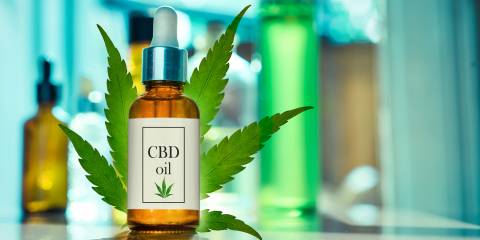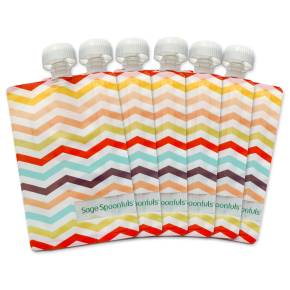What’s on Tap?
Many health-conscious Americans have concerns about tap water. The U.S. Environmental Protection Agency (EPA), which maintains National Primary Drinking Water Standards, claims that more than 90 percent of America’s tap water is safe to drink. But critics warn that the EPA checks for only 80 toxins, leaving many industrial and agricultural pollutants untested and unregulated.
Between 1998 and 2003, 141 unregulated contaminants were detected in public water supplies. Government and industry toxicity reports linked 52 of these to cancer, 41 to reproductive toxicity, 36 to developmental toxicity, and 16 to immune system damage. In agricultural areas, most stream samples and half of well samples contain two or more pesticides. Add chlorine and fluoride, which are routinely added to drinking water but which many experts link to health problems, and it’s no wonder that bottled water, water filters, and other home water treatments have become popular.
Concerns Over Additives
Chlorine has long been used to disinfect swimming pools and municipal water supplies. One problem with chlorinated drinking water occurs when elemental chlorine spontaneously reacts with other contaminants found in water. What about drinking chlorinated water? Byproducts of chlorination have been associated with increased cancer risk, and some research has linked the consumption of chlorinated tap water with increased rates of bladder and rectal cancers.
Fluoride is commonly added to drinking water in the United States, but most countries in Western Europe have rejected water fluoridation—and so have more than 70 American communities. Now the American Dental Association is warning parents not to use fluoridated water in the preparation of infant formula. In addition to discoloring teeth, fluoridated water has been linked to hip and bone fractures, osteoporosis, arthritis, and bone cancer.
Some Alternatives
Since most tap water smells and tastes like chlorine, many consumers prefer bottled water for its taste, purity, and convenience. Bottled water, by contrast, offers a fresh, clean taste and neutral odor. To find water from artesian wells and other pure sources, look for bottled water that states its origin on the label. Bottled water does not contain added fluoride unless it’s labeled “fluoridated,” “with added fluoride,” or “fluoride added.”
Some mineral waters will list their mineral content. For those who prefer to avoid plastic, several brands of still and carbonated waters are available in glass bottles.
Don’t overlook another option: Improve tap water for drinking, cooking, and bathing. A simple pitcher filter can handle small amounts of water, while a whole-house filter improves every drop that comes through the pipes. Faucet-mounted filters are popular in kitchens, while under-sink filters are larger, last longer, and have a dedicated faucet or tap for convenience.
The most popular filters for home use are activated charcoal filters, which remove chlorine, mercury, PCBs, volatile organic compounds (VOCs), and some insecticides. Carbon block filters and ceramic post filters also prevent contamination by parasites like cryptosporidium and giardia. Reverse osmosis removes a wide variety of contaminants from water. To learn more, see “3 Popular Kinds of Water Purification” below.
What’s Missing?
No single treatment removes all contaminants from water. Since reverse osmosis water is sometimes considered to be soft and distilled water is soft, they are highly recommended for bathing, skin care, and hair care. But there is much debate about their health benefits. The distillation process does not remove volatile solvents and volatile organic compounds like benzene




